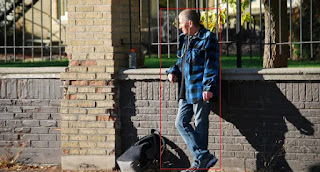How AI Video Analytics Can Improve School Security

In recent years, concerns about school safety have grown significantly, prompting educational institutions to seek innovative solutions to protect students, staff, and faculty. With the rapid advancement of technology, artificial intelligence (AI) has emerged as a promising tool for enhancing security measures in schools. One such application is AI video analytics, which offers a range of capabilities to improve school security. This article explores how AI video analytics can be leveraged to bolster safety in educational environments. AI video analytics involves the use of advanced algorithms to analyze video footage in real-time, enabling automatic detection, recognition, and response to various events and anomalies. In the context of school security, this technology can be employed in several ways: Intrusion Detection : AI-powered cameras can detect unauthorized individuals entering restricted areas such as classrooms, hallways, or administrative offices. By analyzing patterns of mo...